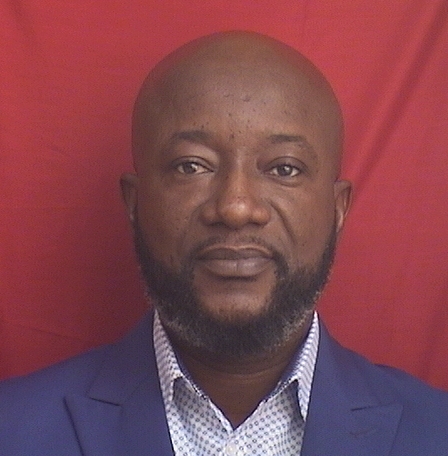Profile
PROFILE BIO: GEORGE AMPRATWUM
George Ampratwum, a Ghanaian born in 1977, is a senior lecturer in the Department of Painting and Sculpture at Kwame Nkrumah University of Science and Technology-Kumasi and an art exhibition historian and market specialist. In 2022, he obtained his Doctorate from KNUST, with a thesis titled "A Bouquet of Blooming Flowers: Exhibition Histories and Cultures In Ghana From Akuapem Six to blaxTARLINES (1950s-2020)." He also holds an MA in Arts Market (History, Professional Practice, and Museum Studies) from Kingston University-London and a BA in Painting from KNUST.
Since 2011, George Ampratwum has collaborated with k?rî'k?chä seid'ou, Edwin Bodjawah, and Kwaku Boafo Kissiedu in research and pedagogical interventions that have facilitated the emergence of young Ghanaian contemporary artists on the international stage. These collaborations have been instrumental in driving radical ruptures and resurgence in the Department of Painting and Sculpture.
As a Co-initiator of blaxTARLINES, he served as one of the Artistic Directors in a triumvirate of exhibitions held at the Museum of Science and Technology- Accra (2017 "Orderly Disorderly", 2016 "Cornfields in Accra," and 2015 "the Gown must go to Town"). These exhibitions featured emerging contemporary artists and curators such as Jeremiah Quashie, Ibrahim Mahama, and Bernard Akoi-Jackson, as well as established artists such as Ablade Glover, Edwin Bodjawah, Professor El Anatsui (Guest of Honor), Goddy Leye, and Selected Students.
His recent projects have focused on critically examining the shifting exhibition paradigms and histories and their corresponding artistic forms, formats, and figures in Ghana's Contemporary Art canon. He has also traced the genealogies and affinities of the current pathbreaking exhibition forms spearheaded by k?rî'k?chä seid'ou and blaxTARLINES, outlining some theoretical currents that underpin exhibition cultures over seventy years, from Ghana's late-colonial era, through the early post-colonial period, to the present era.

